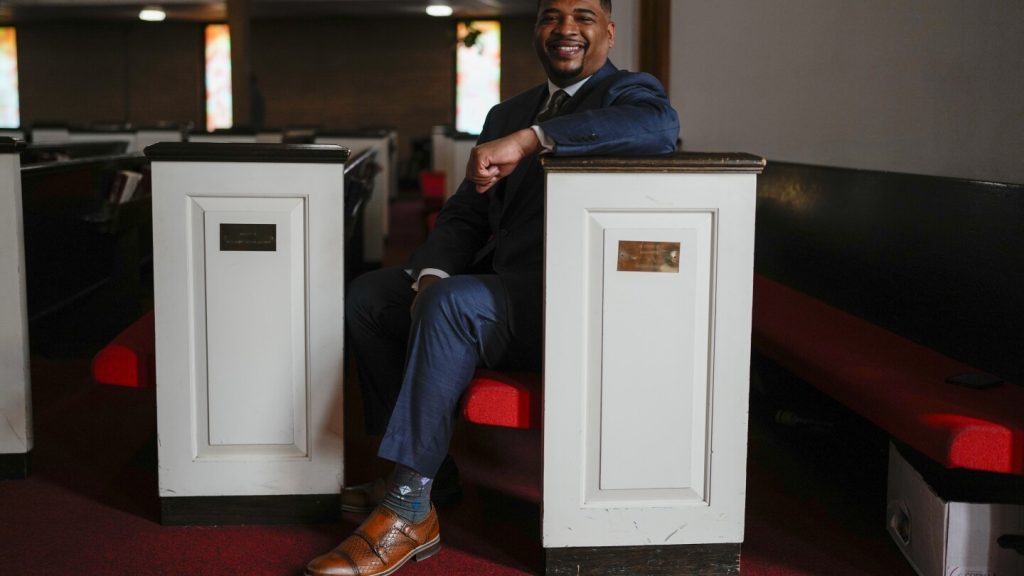Residents of Chicago’s predominantly Black neighborhoods are expressing frustration over the city’s response to the surge in migrants. The reopening of Wadsworth Elementary School as a shelter for migrants without community input has added to the sense of neglect Black residents feel from their city. With over $300 million spent on providing resources to migrants, many Black Chicagoans feel their long-standing needs like high rates of crime, unemployment, and homelessness are being ignored in favor of new arrivals. This disparity has sparked racial tensions in the city.
The influx of migrants in Chicago and other large Democrat-led cities is impacting national immigration policy discussions in an election year. The Biden administration, facing criticism over its handling of the migrant crisis, is now advocating for a more restrictive approach to immigration in negotiations with Republicans in Congress. The focus on migrants has highlighted the neglect of Black communities that have faced discrimination and underinvestment for decades, leading to frustration among residents.
The response to the migrant crisis in Chicago has stirred debate among residents, with some expressing concern over the resources being shared between migrants and longtime residents. While some feel that migrants are receiving disproportionate attention and resources, others believe that there doesn’t need to be a competition for resources. With nearly 6,000 migrant children enrolled in Chicago’s public schools, concerns about equity and fairness in resource distribution persist among the city’s residents.
As racial tensions rise in Chicago, activists are pointing to historical examples of division between communities as a cautionary tale. The surge of Black southerners to Chicago in the early 20th century led to accusations of disproportionate resource allocation, culminating in the 1919 “Red Summer” where clashes resulted in violence against Black residents. Modern-day tensions over resource distribution for migrants vs. longtime residents are seen as echoing past bigotry, sparking concerns among community leaders about further division.
Efforts to address the racial divide in Chicago are being made by leaders in Black neighborhoods, who are trying to strike a balance between acknowledging tensions and promoting unity. Some church leaders, like the Rev. Chauncey Brown of Second Baptist Church in Maywood, are grappling with division among congregants over the migrant crisis. While some caution against supporting migrants, Brown emphasizes the importance of caring for strangers, aligning with the church’s teachings on compassion and support for those in need.
Overall, the response to the migrant crisis in Chicago has exposed underlying racial tensions and disparities in resource allocation across communities. The balancing act between addressing the needs of migrants and addressing the longstanding needs of Black residents has become a central issue in the city. With the Biden administration’s shift towards a more restrictive immigration policy, the debate over resource distribution and racial equity is likely to continue as Chicago navigates the challenges posed by the migrant crisis.


